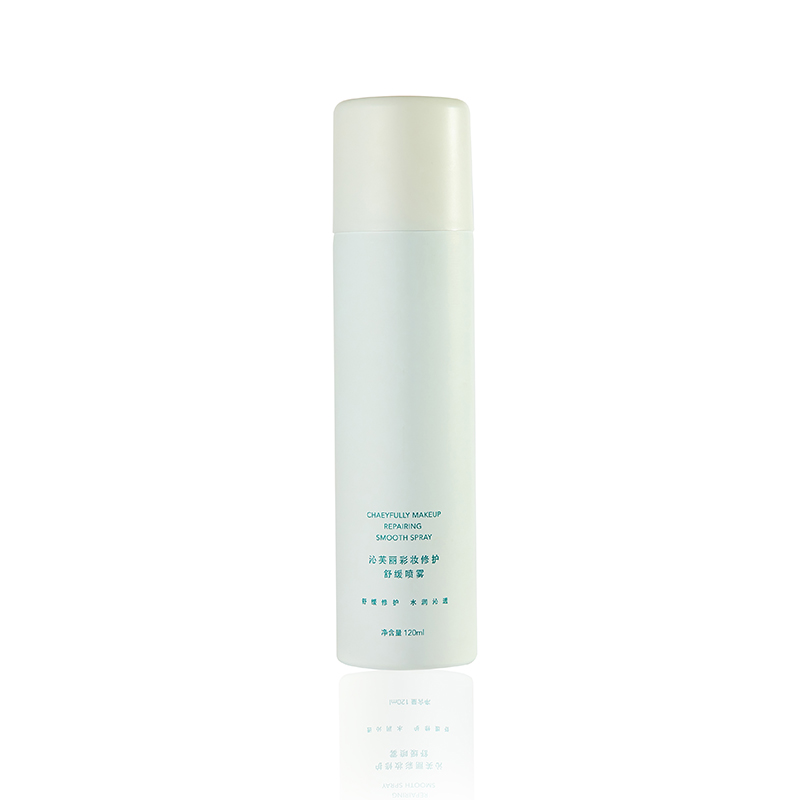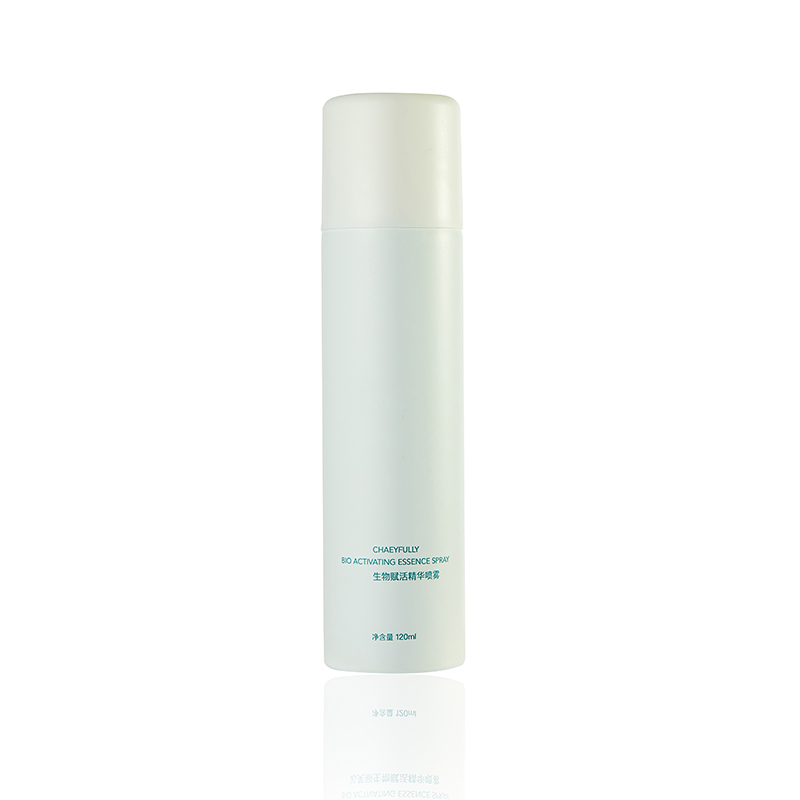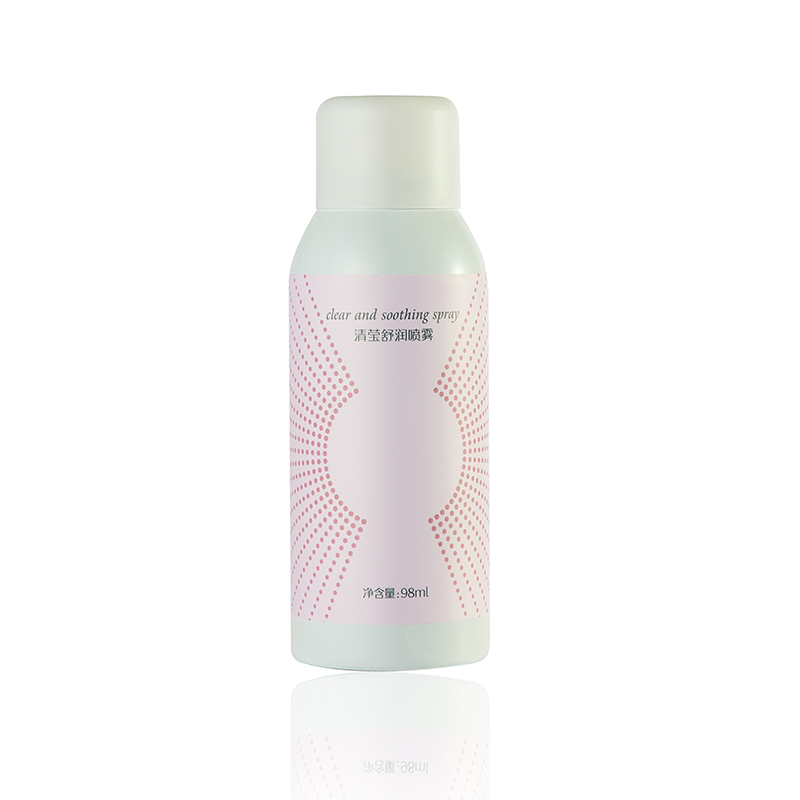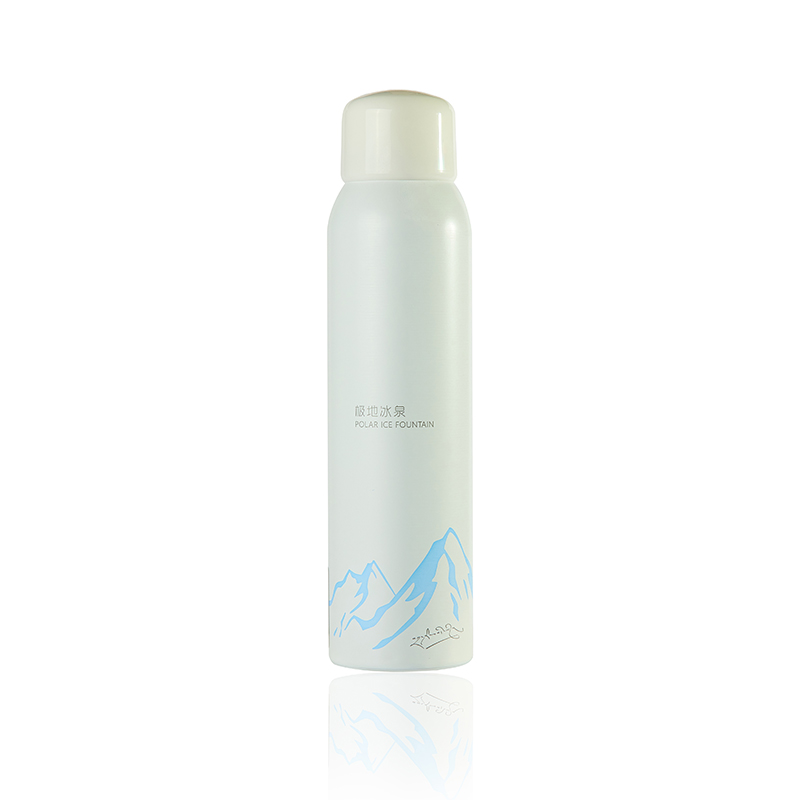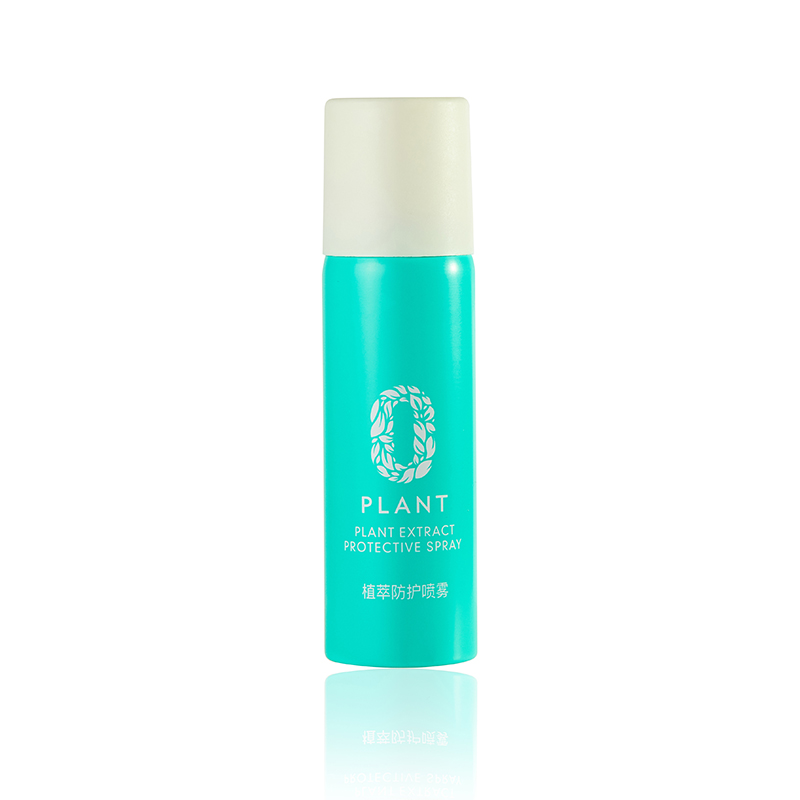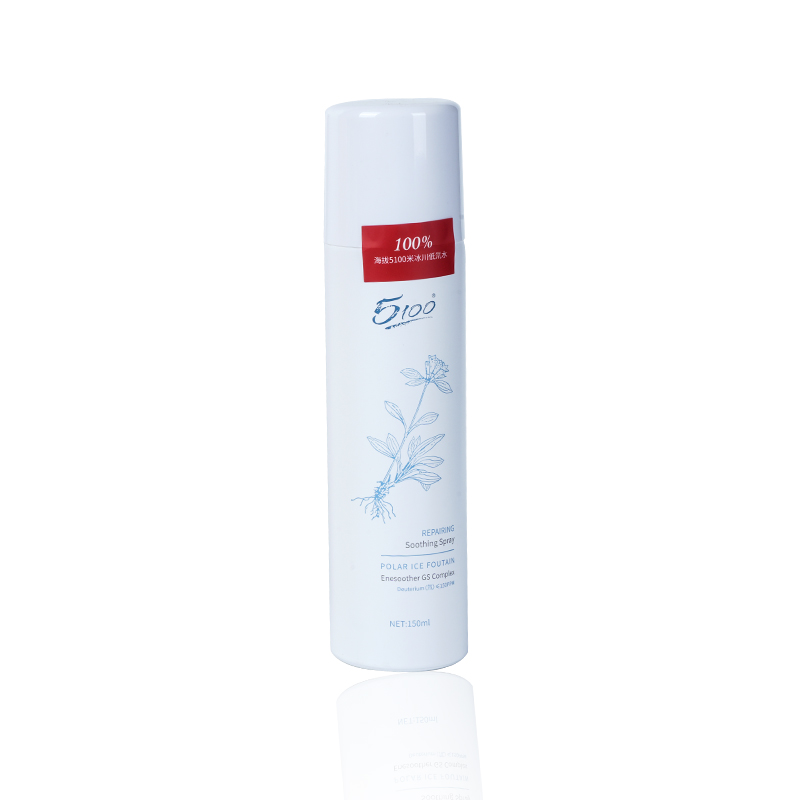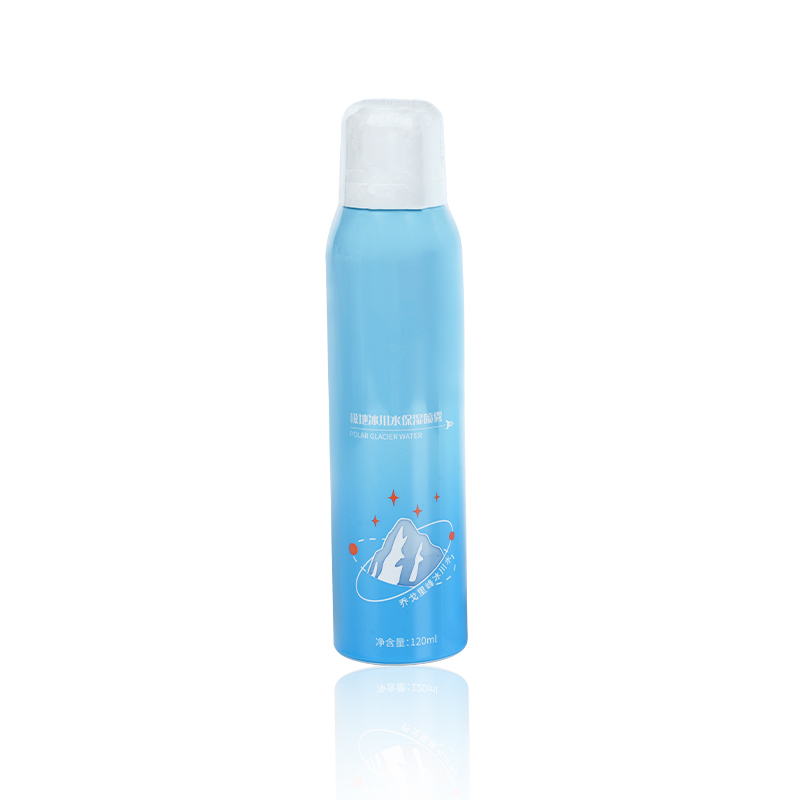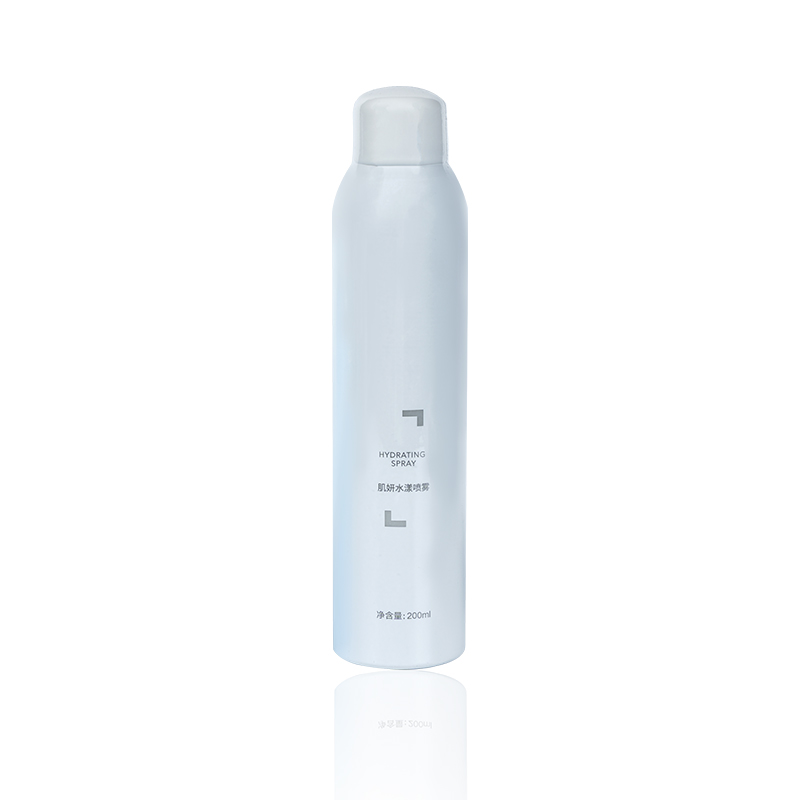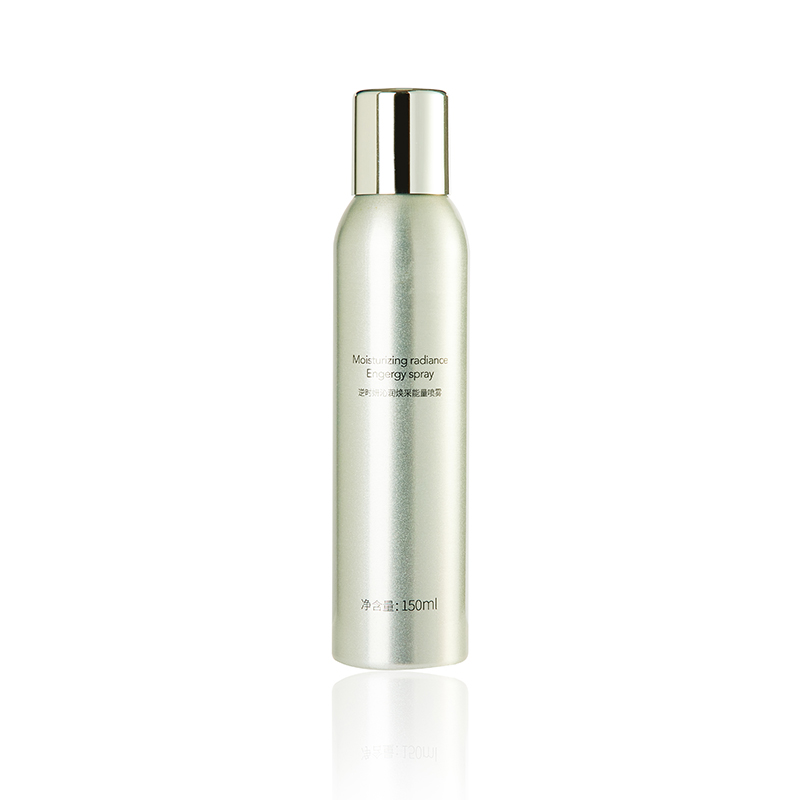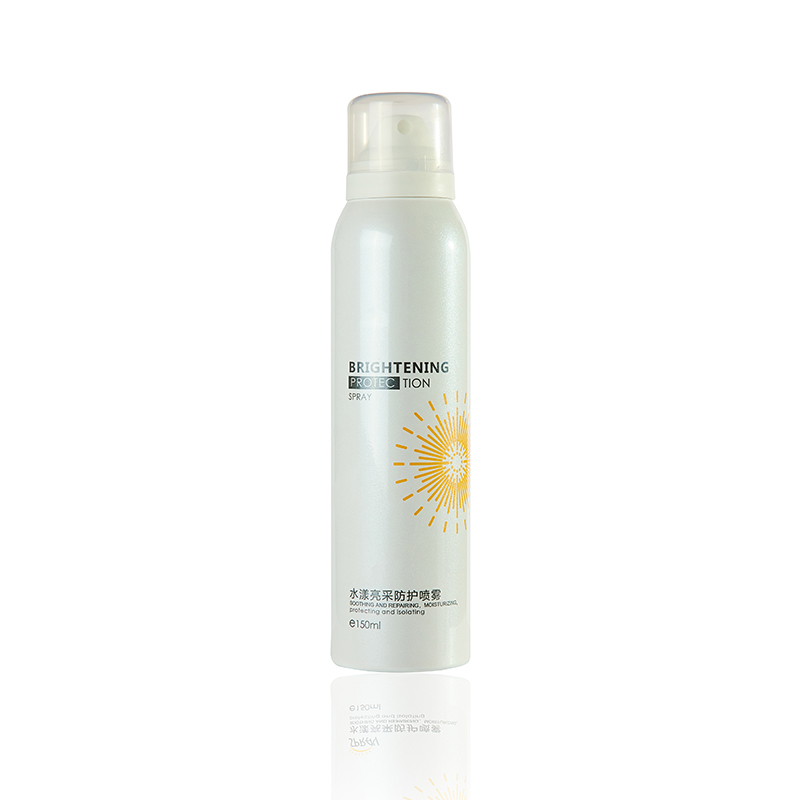Maintaining proper hand hygiene is fundamental to preventing the spread of infections, but many wonder whether antibacterial hand sanitizer can truly replace the classic soap and water method. As a trusted manufacturer with extensive industry experience, we recognize the importance of understanding the distinct roles each plays. Antibacterial hand sanitizer offers a convenient and effective alternative when soap and water are unavailable, but it is important to appreciate its specific strengths and limitations compared to traditional handwashing.
The key advantage of antibacterial hand sanitizer lies in its rapid antimicrobial action. Formulated to penetrate and disrupt bacterial cell walls, it swiftly inactivates a broad spectrum of harmful microbes. This makes it incredibly practical in settings where quick disinfection is needed, such as healthcare environments, public transport, or while traveling. Unlike soap, which relies on physical removal of germs combined with rinsing, hand sanitizers chemically deactivate bacteria and some viruses, providing protection even without water access. However, the effectiveness of these sanitizers depends heavily on their formulation, particularly the alcohol concentration, which should ideally be above 60% to ensure optimal microbial kill rates.
Despite this convenience, soap and water remain the gold standard for hand hygiene in many situations. The mechanical action of scrubbing hands with soap physically removes dirt, organic matter, and microbes, including some pathogens less susceptible to alcohol-based sanitizers. Moreover, washing hands with soap reduces the presence of certain harmful chemicals and toxins that sanitizer alone may not address. For individuals with visibly soiled or greasy hands, soap and water provide a level of cleanliness that antibacterial hand sanitizer cannot match.
From a consumer perspective, choosing between antibacterial hand sanitizer and soap depends on context. Our product range of antibacterial hand sanitizers is designed to complement regular handwashing routines, offering a portable, moisturizing solution for on-the-go protection. For daily use, especially in environments where soap and water are readily accessible, washing remains indispensable. This balanced approach ensures continuous protection while maintaining skin health, which is why many health authorities recommend using both methods strategically.
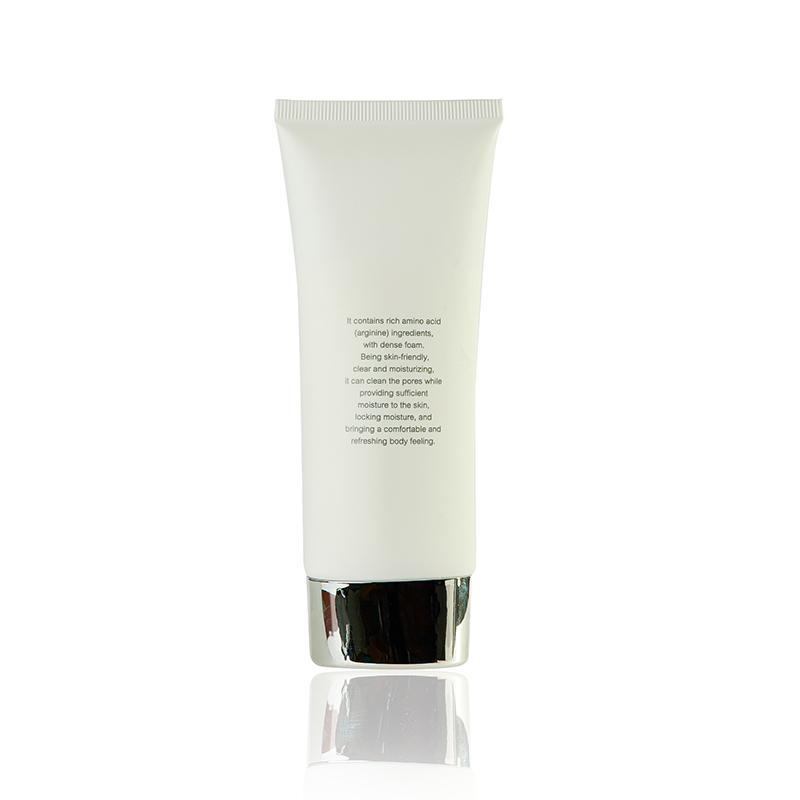
It’s also worth noting that frequent use of antibacterial hand sanitizers has evolved with formulations now including skin conditioners to mitigate dryness and irritation—a common concern among users. This innovation reflects our commitment as manufacturers to deliver effective products that care for the skin barrier, encouraging more consistent use without discomfort. Meanwhile, soap formulations vary widely, with options enriched with moisturizing agents or designed for sensitive skin, further expanding user choices based on individual needs.
In summary, antibacterial hand sanitizer and traditional soap and water each hold distinct but complementary roles in hand hygiene. While antibacterial hand sanitizers offer unmatched convenience and rapid microbial kill, soap and water provide comprehensive cleansing critical for certain situations. Understanding these differences allows consumers to make informed decisions, optimizing personal and public health outcomes. As an experienced supplier and exporter of antibacterial hand sanitizers, we are proud to offer scientifically advanced products that meet the evolving demands of hygiene-conscious customers worldwide.
By integrating antibacterial hand sanitizer into your daily routine alongside regular handwashing, you achieve a well-rounded defense against infections, supported by both scientific evidence and practical usability. This synergy ensures that your hand hygiene practices remain effective, skin-friendly, and adaptable to any circumstance.

 English
English русский
русский Español
Español